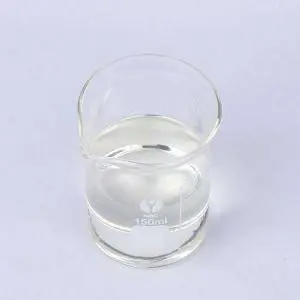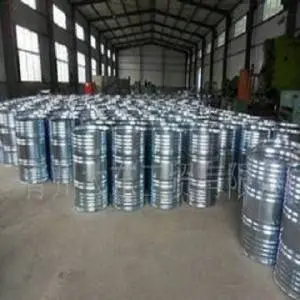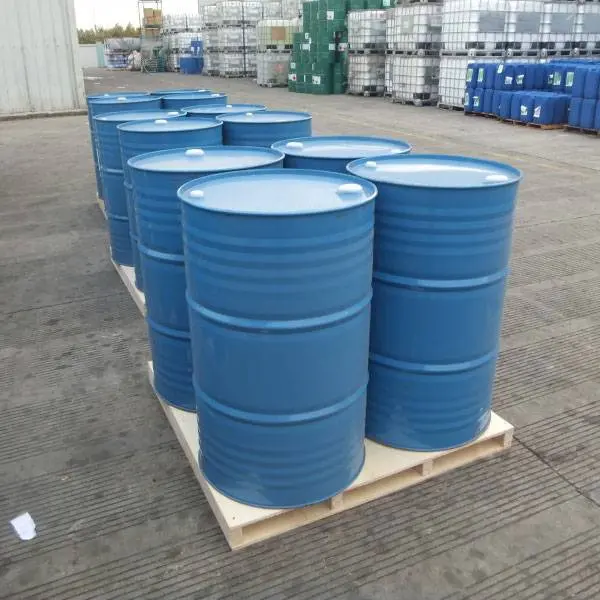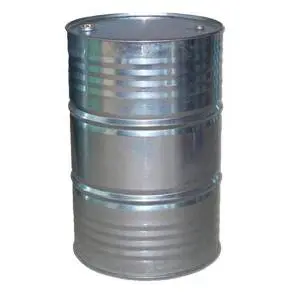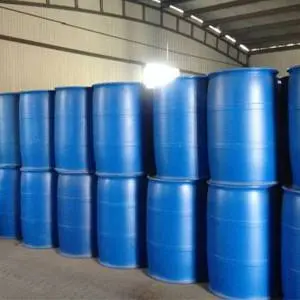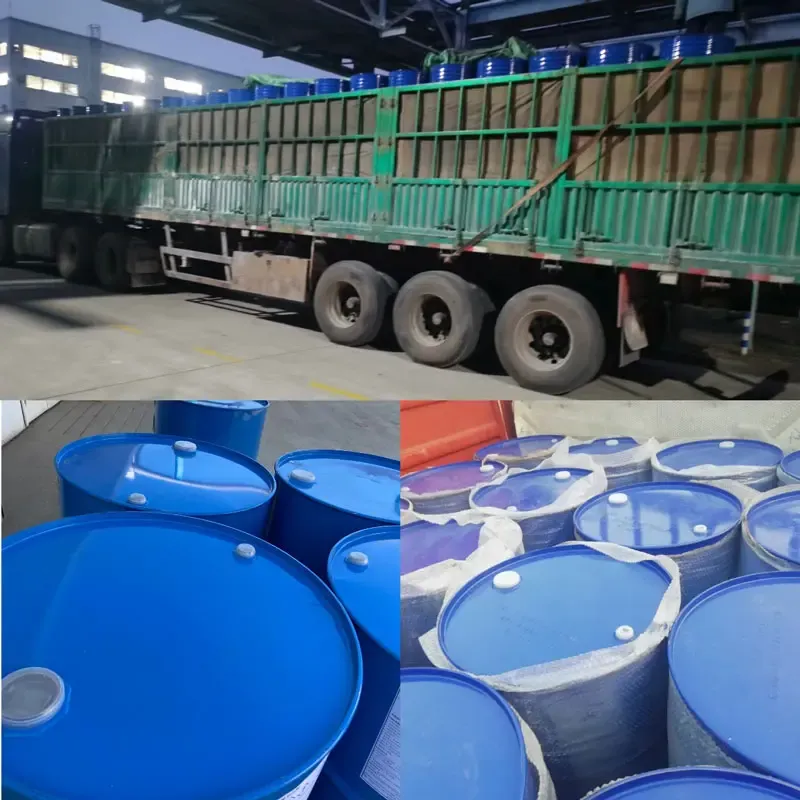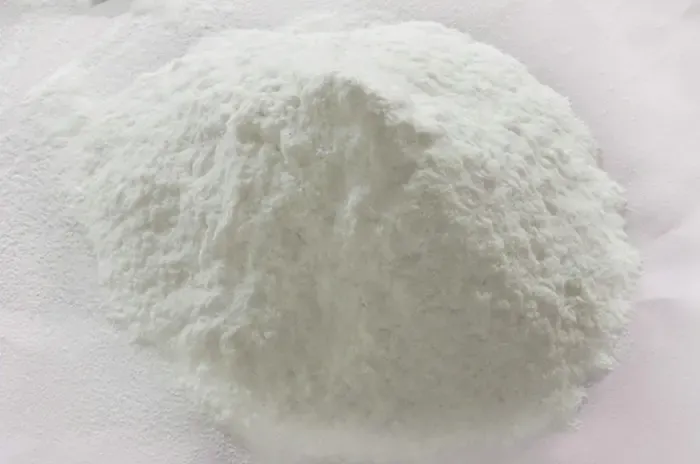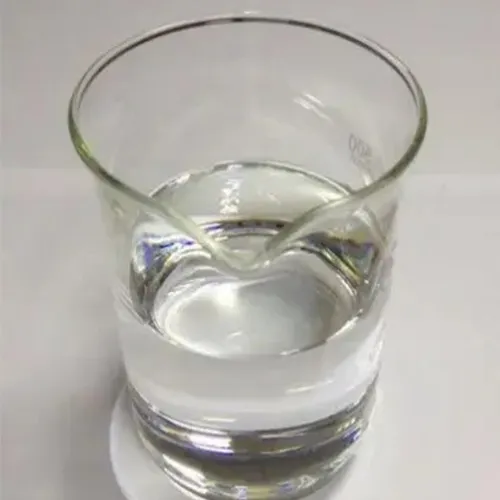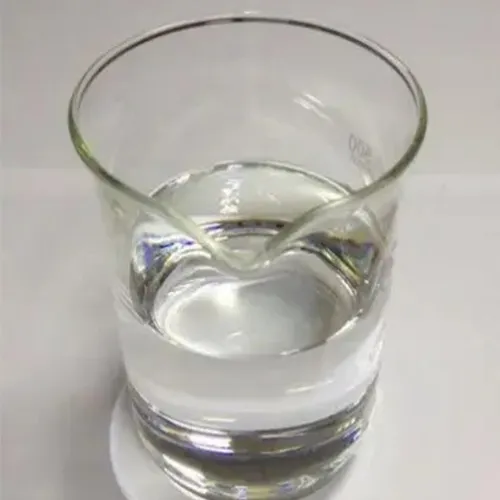Phenyl Dichlorophosphate: A Key Role in Organic Synthesis
In the rich and complex material world of organic chemistry, Phenyl Dichlorophosphate, with its unique structure and properties, occupies an important position among numerous organic compounds and has become an indispensable key substance in the field of organic synthesis.
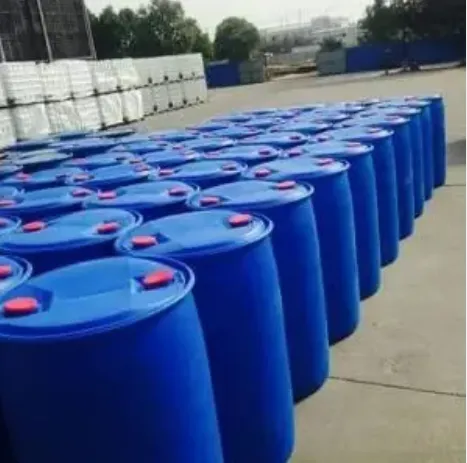
The molecular structure of Phenyl Dichlorophosphate endows it with unique chemical activity
The chemical formula of dichlorophosphate is \ (C6H5Cl2O2P \), which is composed of a phenyl group connected to a phosphoryl group containing two chlorine atoms. The presence of phenyl groups gives the molecule a certain degree of aromaticity and stability, while the chlorine atom on the phosphoryl group is highly reactive. This special structure allows Phenyl Dichlorophosphate to participate in various types of chemical reactions, providing rich possibilities for the design of organic synthesis routes, like a master key that can open the door to the synthesis of various complex organic compounds.
From the perspective of physical and chemical properties, Phenyl Dichlorophosphate usually appears in a colorless and transparent liquid state
The density of phenyl dichlorophosphate synthesis is 1.412g/cm ³, and its boiling point is in the range of 241-243 ℃. This allows it to remain liquid under typical laboratory and industrial reaction temperature conditions, making it easy to participate in reaction operations. In terms of solubility, it can be miscible with various common organic solvents such as benzene, chloroform, dimethyl sulfoxide, and carbon tetrachloride, but it undergoes decomposition reactions in water or hot alcohols. In addition, it has a strong pungent odor, strong corrosiveness, and is extremely sensitive to moisture. These characteristics require extra caution during use and storage.
At present, Phenyl Dichlorophosphate is mainly prepared by reacting phosphorus oxychloride with anhydrous sodium phenolate
Under specific reaction conditions, one chlorine atom in phosphorus oxychloride is replaced by a phenoxy group in sodium phenoxide, resulting in the formation of the target product phenyl phosphorodichloridate. This preparation method is relatively simple to operate and has mild reaction conditions. It has good applicability in laboratory small-scale synthesis and industrial large-scale production, and can stably provide the required Phenyl Dichlorophosphate raw materials for various fields.
In practical applications, Phenyl Dichlorophosphate has demonstrated extraordinary value
In organic synthesis, it is often used as an efficient phosphorylation reagent for the preparation of symmetrical phosphodiester compounds. Due to the high reactivity of the chlorine atom on its phosphoryl group, it can accurately introduce phosphate groups into other organic molecular structures, playing a key role in multiple cutting-edge fields such as drug synthesis and materials science. For example, in the synthesis process of some complex drug molecules, the reaction steps involving phenyl dichlorophosphate cas no can successfully construct phosphate ester structural fragments with specific activity, thereby endowing the drug with unique pharmacological activity. At the same time, it can also serve as an effective activating reagent, inducing condensation reactions between carboxylic acids and sulfides under the synergistic action of alkaline substances such as pyridine, and obtaining thiol acid ester compounds with high yields, providing a convenient pathway for the synthesis of sulfur-containing organic compounds.
Phenyl Dichlorophosphate plays a pivotal role in the field of organic chemistry due to its unique molecular structure, distinct physicochemical properties, mature preparation methods, and extensive and important application areas. With the continuous advancement of technology and in-depth research, it is believed that Phenyl Dichlorophosphate will continue to show great potential in more emerging fields, injecting continuous vitality into the development of organic synthesis chemistry and even the entire chemical science, and promoting related fields to reach new heights.
Phenyl Dichlorophosphate FAQs
What are the chemical properties of Phenyl Dichlorophosphate?
Phenyl Dichlorophosphate is an organic phosphorus compound with the chemical formula C6H5OPOCl2. It has high reactivity and can undergo substitution reactions with nucleophilic reagents such as alcohols and amines, generating corresponding phosphate esters or phosphoamide derivatives. This compound is sensitive to moisture and easily hydrolyzes to produce phenyl phosphate and hydrogen chloride, therefore it needs to be stored and used under dry conditions.
What are the main uses of Phenyl Dichlorophosphate?
Phenyl Dichlorophosphate is commonly used as a phosphorylation reagent in organic synthesis for the preparation of derivatives such as phosphate esters and phosphoramides. It can also be used as a catalyst for polymerization reactions or as an intermediate for flame retardants. In addition, in the fields of medicine and pesticides, this compound can serve as a key raw material for synthesizing active molecules.
How to safely store Phenyl Dichlorophosphate?
Phenyl Dichlorophosphate should be sealed and stored in a dry, cool environment to avoid contact with moisture. It is recommended to use inert gas (such as nitrogen) for protection to prevent hydrolysis. Storage containers should be made of corrosion-resistant materials such as glass or specific plastics, and kept away from oxidants, strong alkalis, and flammable materials.
What are the potential health hazards of Phenyl Dichlorophosphate?
Phenyl Dichlorophosphate is corrosive and irritating, and may cause burns when in contact with the skin or eyes. Inhaling its vapor can cause respiratory irritation, and long-term exposure may damage the lungs. When operating, protective gloves, goggles, and gas masks should be worn and carried out in a well ventilated environment to avoid direct contact.
What are the characteristics of Phenyl Dichlorophosphate compared to other phosphorylation reagents?
The reactivity of Phenyl Dichlorophosphate is between that of POCl3 and C6H5POCl2, with high selectivity, making it suitable for the phosphorylation of acid sensitive substrates. Its phenyl structure can provide certain steric hindrance, which helps to reduce side reactions, making it more advantageous in complex molecular synthesis.
Post time: Sep . 23, 2025 10:37





